MY FIRST MIRRORLESS GRAND SLAM COVERAGE
The first time I came in contact with mirrorless…
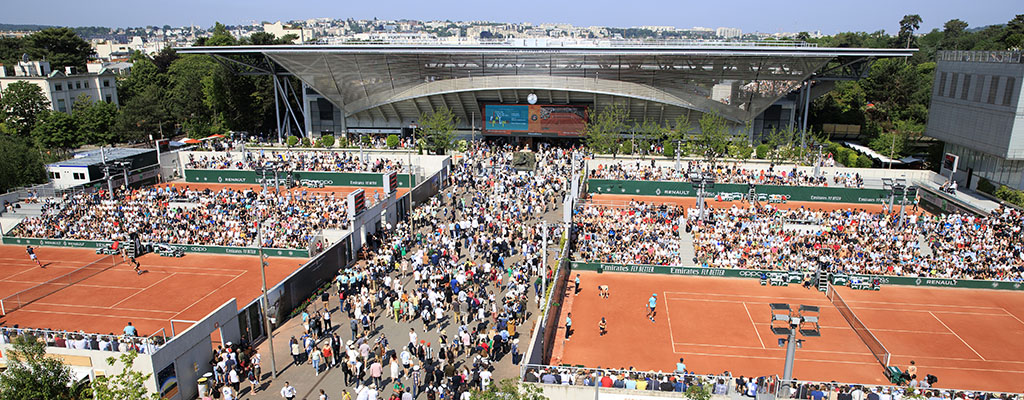
The first time I came in contact with mirrorless cameras was just before the Covid pandemic hit us. At that time, Sony was the only real contender in that segment, and their camera did not convince me at all. Although I could not object to the image quality, autofocus capabilities, or shutter speed, I found the camera too lightweight and the electronic viewfinder cumbersome. Even their highly professional sales representative could not convince me to give their camera an extended try.
From that first impression, buying my first mirrorless camera from Canon took me about four years. When Canon, the camera brand I have been using for my whole career as a sports photographer, came up with their R3 model, the first model to meet my definition of a professional camera, I was still reluctant to try it.
First, I read long stories about the electronic shutter banding effect, resulting from how the sensor data is sequentially read.
Second, the delay between what happens and what you can see through the electronic viewfinder, which I read about in multiple articles and web posts, was another technological drawback that made me reluctant.
Third and more practically, some lenses that I was heavily relying on, notably the EF 200-400/f4, were not (yet – there are rumours that it will be replaced by an RF 200-500/f4) available in the new RF mount. And I was living under the (false) impression that you would need RF lenses to fully extract the value from a mirrorless camera (always talking about Canon).
But the most practical reason was that I had just upgraded my cameras to the flagship, read expensive, Canon EOS-1D X Mark III, weeks before the pandemic shut the economy down.
In spring 2023, I finally decided to try mirrorless cameras. There were two reasons for this.
First, I read that Wimbledon was moving to only allowing silent, aka mirrorless, cameras, and other major tournaments would follow.
And second, I assisted in a lecture series by the Sports Shooter Academy about the benefits of mirrorless cameras. Their argument that convinced me the most was mirrorless cameras’ high frames per second (up to 30 for the Canon EOS R3 with autofocus and 150 without). At first, I thought, why does that matter? My DSLR was already capable of 16 frames per second through the optical viewfinder (and 20 in live mode)! Their argument, which convinced me, was that the number of tries it takes to get that great action shot is significantly reduced.
Although the reasons that made me switch from DSLR to mirrorless are valid (I could confirm their value during my stay at Roland Garros), I appreciated the quality of the new autofocus system the most. Nearly none of the images I took were not crisp and sharp. And when I say crisp sharp, I mean it, as shown in Figure 1.
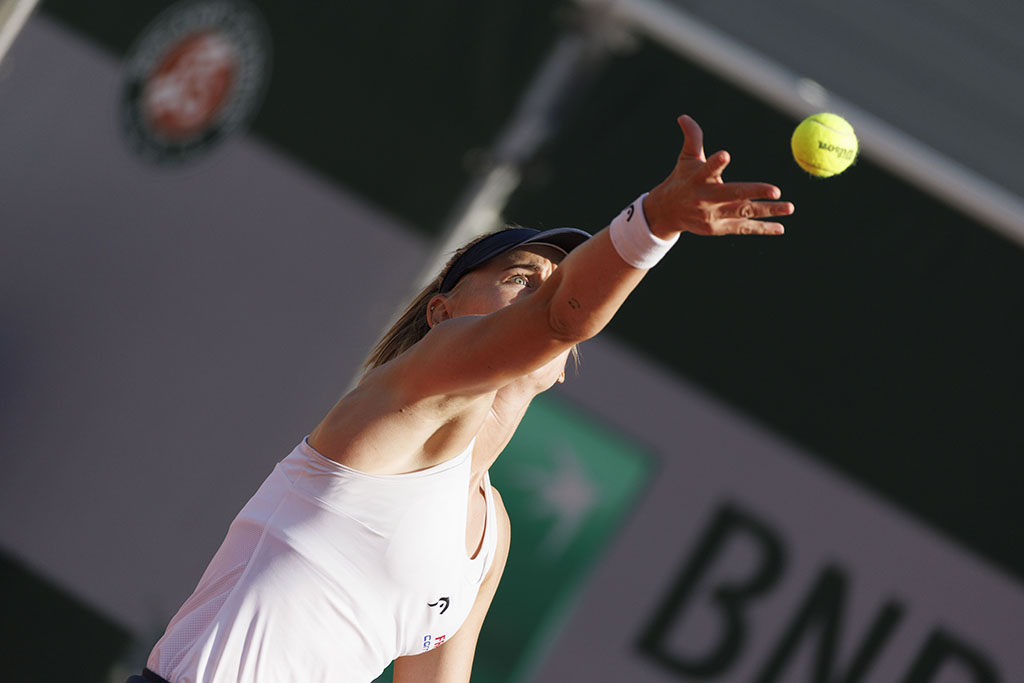 |
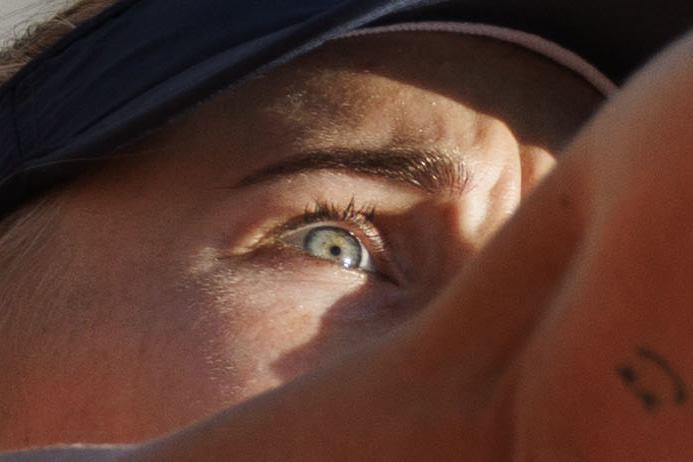 |
|
PARIS, FRANCE – MAY 28: Jil Teichmann of Switzerland serves against Sara Erranti of Italy during the women’s singles first round match on day one of the 2023 French Open at Roland Garros on Sunday, May 28, 2023 in Paris, France (Photo by Claude Diderich / freshfocus) |
|
But let me return to the items that initially made me reluctant to switch to a mirrorless camera.
Simply said, I did not observe any banding effect! Maybe (probably) this is due to the Canon EOS R3 having a back-illuminated, stacked sensor. But perhaps (less probable), it was because tennis photos do not lean to exhibit the banding effect.
Again, I did not observe any delay. I noticed no viewfinder difference shooting an R3 and a 1D-X Mark III side by side. Even on some occasions, I was surprised when I looked through the viewfinder that it was black – I had not (yet) turned the camera on – as on a DSLR, you always see your subject.
By the way, I configured my camera so that the electronic viewfinder showed the image with the aperture fully open (as I am accustomed to from the DSLR world). More on configuring the camera later on.
I mostly used the EF 200-400/f4 lens, which worked great. As I have yet to own any RF lens (yet), I cannot say whether RF lenses perform better than EF ones.
I found that the EF lenses perform better (in terms of autofocus speed and resulting image sharpness) on the R3 camera than on any DSLR I owned, e.g., 1D-X Mark II/III.
By the way, I had the opportunity to try/test Canon’s latest RF 100-300/f2.8 lens (see Figure 2). It is a great lens, although a little short for tennis. I did not notice any significant difference in speed or image quality (during the 30 minutes, a colleague from AP let me try it).
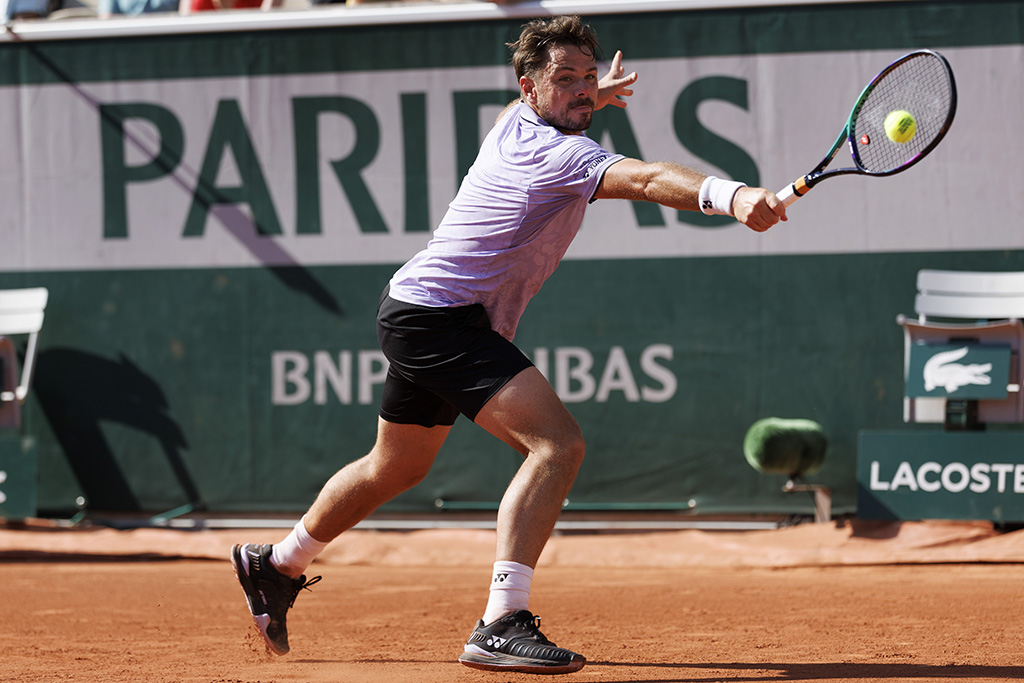 |
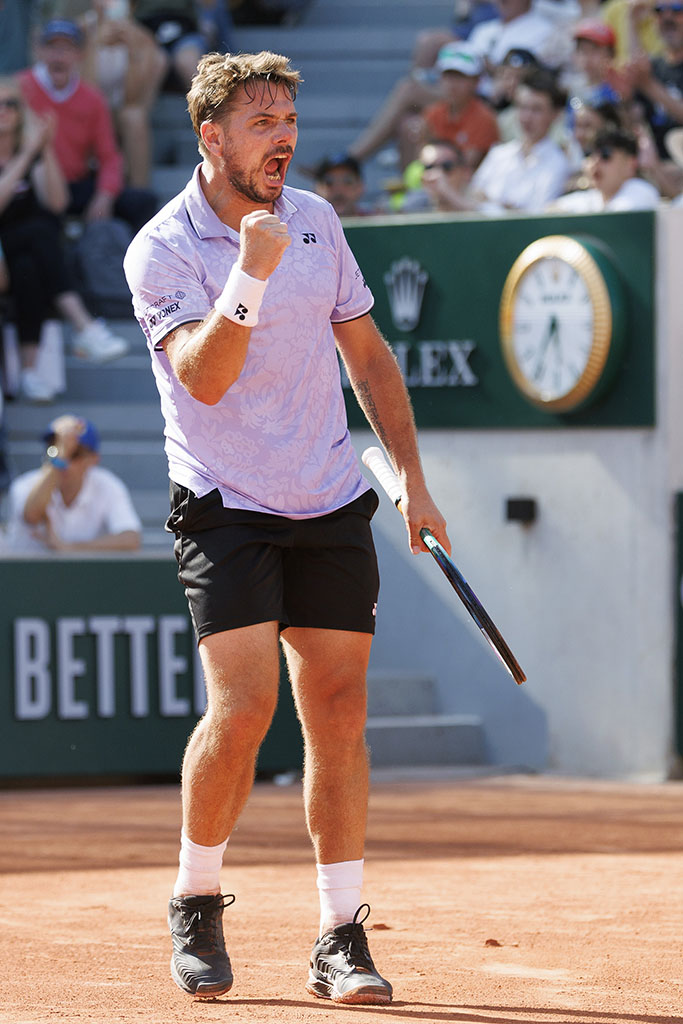 |
|
PARIS, FRANCE – MAY 31: Stan Wawrinka of Switzerland plays a backhand against Thanasi Kokkinakis of Australia during the men’s singles second round match on day four of the 2023 French Open at Roland Garros on Wednesday, May 31, 2023 in Paris, France (Photo by Claude Diderich / freshfocus) |
PARIS, FRANCE – MAY 31: Stan Wawrinka of Switzerland celebrates a point against Thanasi Kokkinakis of Australia during the men’s single second round match on day four of the 2023 French Open at Roland Garros on Wednesday, May 31, 2023 in Paris, France (Photo by Claude Diderich / freshfocus) |
Next, let me look at the features that supported my decision to switch from DSLR to mirrorless.
Some photographers still prefer hearing when they press the shutter button. I am not one of them. I really enjoy “being silent”. It takes away the feeling that you may be disturbing the players.
After getting used to not hearing my camera work, I started pressing the shutter button much earlier, that is, when I anticipated that an action might occur, rather than when it started. Although this resulted in a more significant number of wasted images, it helped me capture the exact moment I wanted to frame more often. Silent mode became one of these features I fell in love with (and hate not having when using my DSLR).
Although not relevant for tennis, the silent mode may allow capturing a moment that may get missed when a person hears that shutter click.
Having the possibility to shoot close to 30 frames per second for more than one second is a great feature. With a DSLR, it took me probably two to three service games to get a shot of Nadal or Gasquet serving (see Figure 3). Now I can get the same shot in one service game, leaving more time to experiment with different shots. And that is highly valuable in the ever more competitive sports photography environment. That benefit made my day.
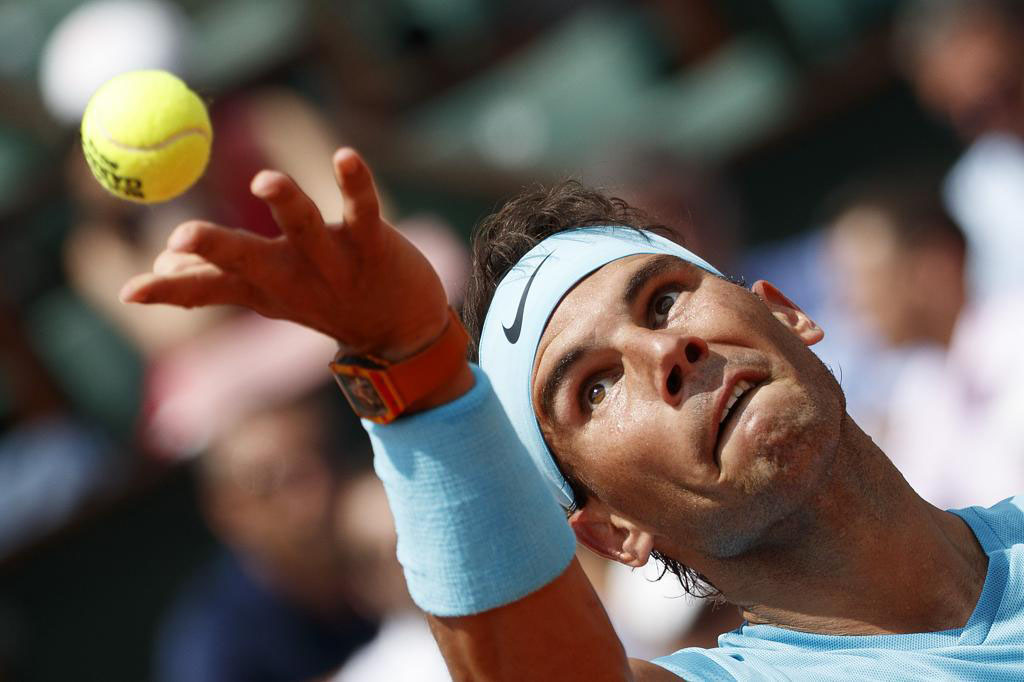 |
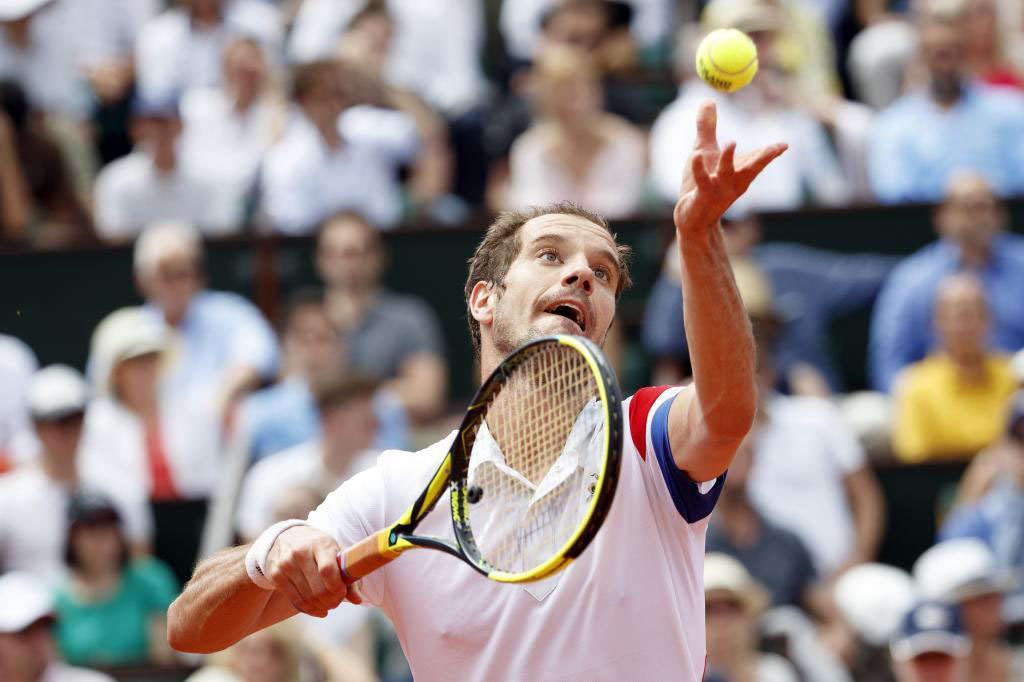 |
|
PARIS, FRANCE – JUNE 4: Rafael Nadal of Spain serves during the men’s 1/8 final single match against Maximilian Marterer of Germany on day nine of the 2018 French Open at the Roland Garros stadium in Paris, France on June 4, 2018 (Photo by Claude Diderich / freshfocus) |
PARIS, FRANCE – JUNE 2: Richard Gasquet of France serves during the men third round singles match against Rafael Nadal of Spain on day seven of the 2018 French Open at the Roland Garros stadium in Paris, France on June 2, 2018 (Photo by Claude Diderich / freshfocus) |
Figure 4 illustrates what a 12 fps versus a 30 fps camera can mean. While both images are excellent, I prefer the one on the right side, where the ball is close to the racket.
By the way, I never tried the 150 fps without the autofocus feature that the R3 offers. This feature will probably be more beneficial for faster sports where the subject stays in a fixed position, like a Biellmann spin in figure skating.
Even if not statistically sound, in 2023, I retained 1’705 photos, whereas in 2018 and 2019, respectively, it were 1’130 and 975 photos covering the first week of Roland Garros.
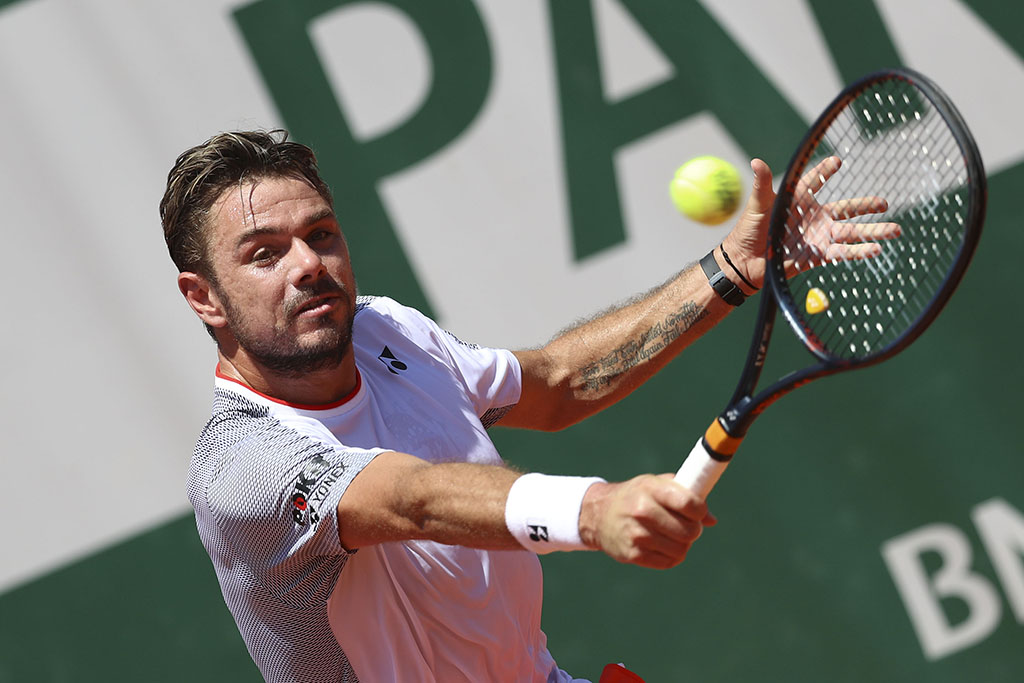 |
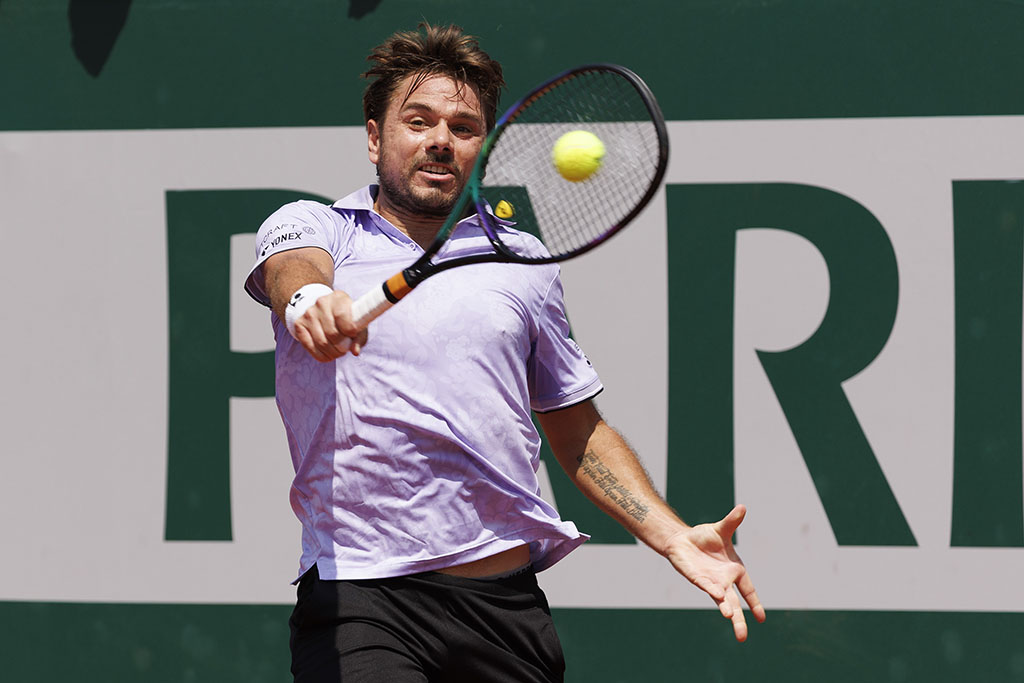 |
|
PARIS, FRANCE – JUNE 1: Stan Wawrinka of Switzerland plays the ball during his third round match against Grigor Dimitrov of Bulgaria on day seven of the 2019 French Open at the Roland Garros stadium in Paris, France on May 31, 2019 (Photo by Claude Diderich / freshfocus) |
PARIS, FRANCE – MAY 29: Stan Wawrinka of Switzerland plays a backhand against Albert Ramos-Vinolas of Spain during the men’s single first round match on day two of the 2023 French Open at Roland Garros on Monday, May 29, 2023 in Paris, France (Photo by Claude Diderich / freshfocus) |
Finally, some features of the Canon R3 got my attention and, which would I have known beforehand, would have made my decision to buy one much easier.
While I did find that the autofocus on the Canon 1D-X Mark III already performed well (see Figure 5-a for one of the first pictures I took after receiving that camera in 2019), it did blow my mind when following the eye of tennis players and allowing for the sharpest possible images (see Figures 1 and 5-b).
Some of the few images that were not 100% sharp resulted when the tennis players were in the backlight or the player was wearing a cap that puts a shadow on their eyes.
The new autofocus system nevertheless comes with its own challenges, which I faced initially and still do now:
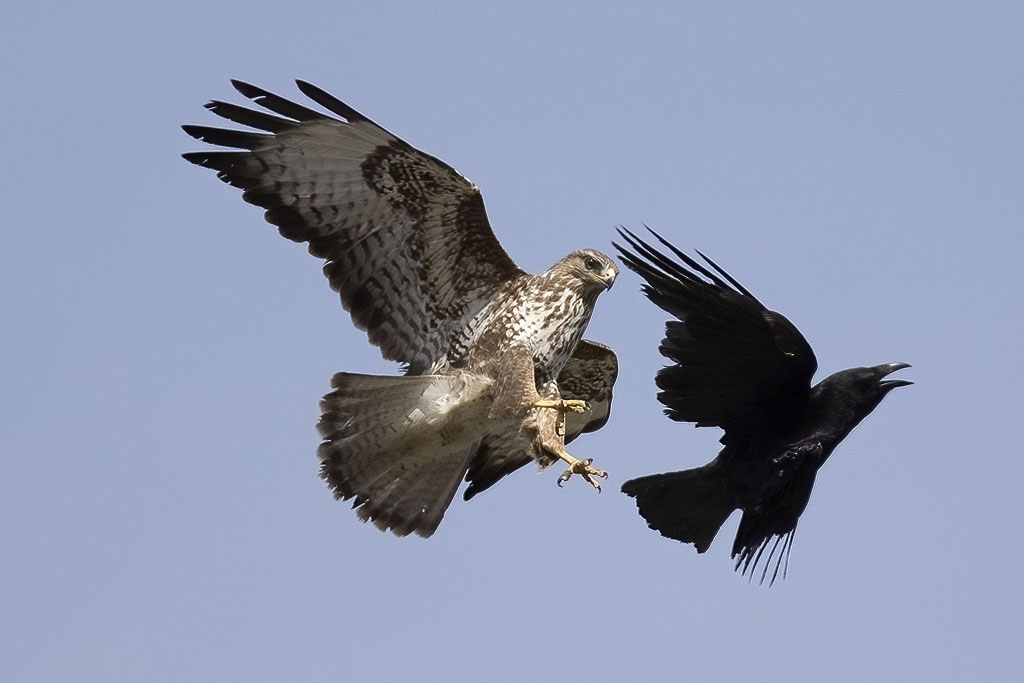 |
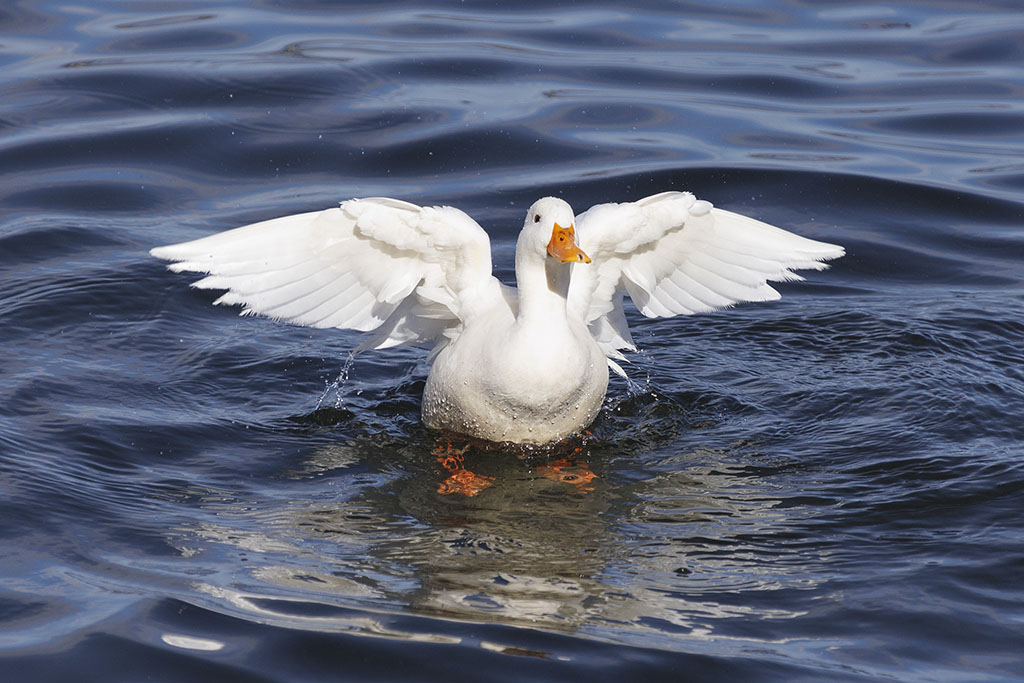 |
| a | b |
|
RICHTERSWIL, SWITZERLAND – MAY 22: A red kite tries to grab a crow in a fight over the roofs in Richterswil, Switzerland on May 22, 2020 (Photo by Claude Diderich) |
RICHTERSWIL, SWITZERLAND – MARCH 9: A white pekin, also called American domestic duck, shows her feathers on Thursday, March 9, 2023 in Richterswil, Switzerland (Photo by Claude Diderich) |
I have read in multiple posts that having a burst rate of 30 fps is an overkill, especially when it comes to editing photos. One reviewer even wrote that he uses the camera’s mechanical shutter to limit its speed (which I found strange). By the way, I never used the mechanical shutter that the R3 camera has. While I agree that if the camera’s frame rate is not used correctly, you end up with a vast number of images to edit. For this, Canon has added a feature I greatly appreciate (and still hope they will back-port to the 1D-X Mark III firmware) that allows with a single button (actually two) to delete all images shot in a single burst, except those that are locked. After each shot, I lock those images (I have configured a specific button to lock an image) that look interesting in the viewfinder (or on the rear screen) and delete the remaining ones.
What is great about the R3 camera (or isn’t it?), although this has nothing to do with being mirrorless, is that Canon allows nearly any button on the camera to be (re-)configured. After almost half a year of owning the camera, I still experiment with what works best. By the way, multiple videos on YouTube exist illustrating how to “best” configure the camera.
For me, switching to a mirrorless camera for sports photography was worthwhile. Now I am waiting for Canon to release its flagship R1 camera for the 2024 Paris Olympic Games to replace my current DSLR cameras with mirrorless entirely. On the other hand, upgrading my lenses from EF to RF is of lesser priority because I do not intend to move from an EF to the same RF lens. Still, I am considering RF lenses when they offer additional features, like the RF 28-70/2.0 lens (replacing my EF 24-70/2.8) or the RF 100-300/2.8 (replacing my EF 300/2.8 prime lens), and my budget permits.
On a final note, I have yet to (yet) use the video functionality of the camera and, therefore, cannot comment on it (typically, accredited events anyway do not allow for recording videos due to rights issues).